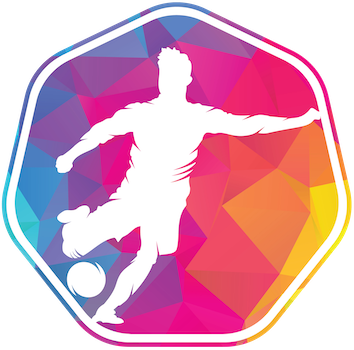In the fast-paced world of international football, where the pressure to perform can lead to rapid coaching changes, the longevity of successful coaches is an increasingly rare phenomenon. Hajime Moriyasu, the head coach of Japan’s national football team, epitomizes such rarity. Since taking the reins in 2018, Moriyasu has not only steered his teams through the grind of multiple FIFA World Cup cycles but has also cultivated a robust squad capable of competing at the highest levels of the sport. Among the 32 coaches who participated in the 2022 World Cup in Qatar, only seven remain in their posts today, showcasing the immense pressure surrounding national teams and their leaders.
Moriyasu’s journey began in the aftermath of Japan’s disappointing exit in the 2018 World Cup. His appointment was met with skepticism, particularly after a series of high-stakes qualification matches. However, a key victory against Australia not only secured a place in the Qatar tournament but also helped to solidify his position as coach. His record since then highlights an upward trajectory, with Japan emerging as one of the most formidable teams in Asia and beyond, raising questions about the essence of continuity in a sport otherwise characterized by instability.
Japan’s performance in World Cup qualifiers has been nothing short of extraordinary. They have achieved an impressive streak, winning all their matches in the second and third phases of qualification. Throughout this journey, the Samurai Blue have displayed a dominance that belies their status as one of Asia’s powerhouses. Six victories in the second phase without conceding a single goal set the stage for their current run, characterized by both offensive prowess and defensive solidity.
This sequence includes resounding wins against other accomplished teams, with Moriyasu’s tactics paying off. In particular, the recent victory over Saudi Arabia in Jeddah was emblematic of Japan’s growth under Moriyasu—marking a historical achievement as it was their first win on Saudi soil. The importance of this victory extends beyond the scoreboard, framing Japan not just as a participant but as a serious contender in future global competitions.
A New Generation Rising
At the heart of Japan’s recent success is a new generation of players, often referred to as “The Tokyo Olympics Generation.” These players bring a level of dynamism and skill that has invigorated the team. Their exposure to international football and their performance in top European leagues have provided them with invaluable experience and heightened expectations.
The cohesive blend of youth and experience is reshaping the narrative around Japanese football, allowing the nation to phase out older stars like Maya Yoshida and Yuto Nagatomo while still maintaining competitive integrity. Young talents such as Takefusa Kubo and Kaoru Mitoma have emerged as key figures, blending technical skill with tactical intelligence, reminiscent of some of Europe’s elite talents. The Japanese Football Association (JFA), recognizing this influx of talent, has cultivated an environment that prioritizes development, ensuring that the national team is both competitive now and in the future.
Building a Football Culture
While Japan’s on-field performances speak volumes about the team’s capabilities, a deeper examination reveals the strategic efforts of the JFA to construct a sustainable football culture. The association has produced a comprehensive blueprint titled “Japan’s Way,” which aims for a substantial increase in community engagement, establishing football within Japanese society as a game for everyone—not just the elite.
This ambitious framework emphasizes the need to enhance the J1 League—Japan’s top-tier professional league—while encouraging grassroots participation. By nurturing a sense of community, the JFA looks to build a situation where football is enjoyed and supported at all levels. This is not just a tactical decision; it showcases a paradigm shift in how football can intertwine with cultural identity, promoting a holistic approach that stems from the grassroots to the professional level.
Challenges Ahead
Despite their recent successes, the road ahead remains fraught with challenges. Japan’s two defeats in the recent Asian Cup serve as reminders of the pitfalls that accompany high expectations. As Moriyasu’s squad prepares for the upcoming fixtures, the pressure is palpable. Matches against traditional rivals like Australia represent not just a test of skill but a crucial juncture in evaluating the team’s progress.
Even as Japan stands as a current favorite, histories of rivalry suggest that upsets can happen. Australia, under new management, will be seeking to turn the tide and reclaim some level of dominance in this long-standing contest. However, Moriyasu’s efficient execution of innovative strategies, coupled with the burgeoning talent pool, could pave the way for continued success.
Looking forward, Japan aims to break the historical duopoly in men’s football established by European and South American teams. Japan’s Way underscores a long-term vision, articulating methods to accumulate a footballing family of 10 million by 2050. Achieving such dreams will require perseverance, adaptability, and an unwavering commitment to building a robust football community.
The evolution of Japanese football during Moriyasu’s tenure encapsulates a narrative of growth deeply intertwined with a quest for cultural enrichment. It is through this balanced approach of performance, youth development, and community engagement that Japan may finally realize its ambitions on the world stage. As they prepare for the upcoming encounters, all eyes will be on the Samurai Blue to see if they can continue to rise and possibly bring the World Cup within their grasp by mid-century.

